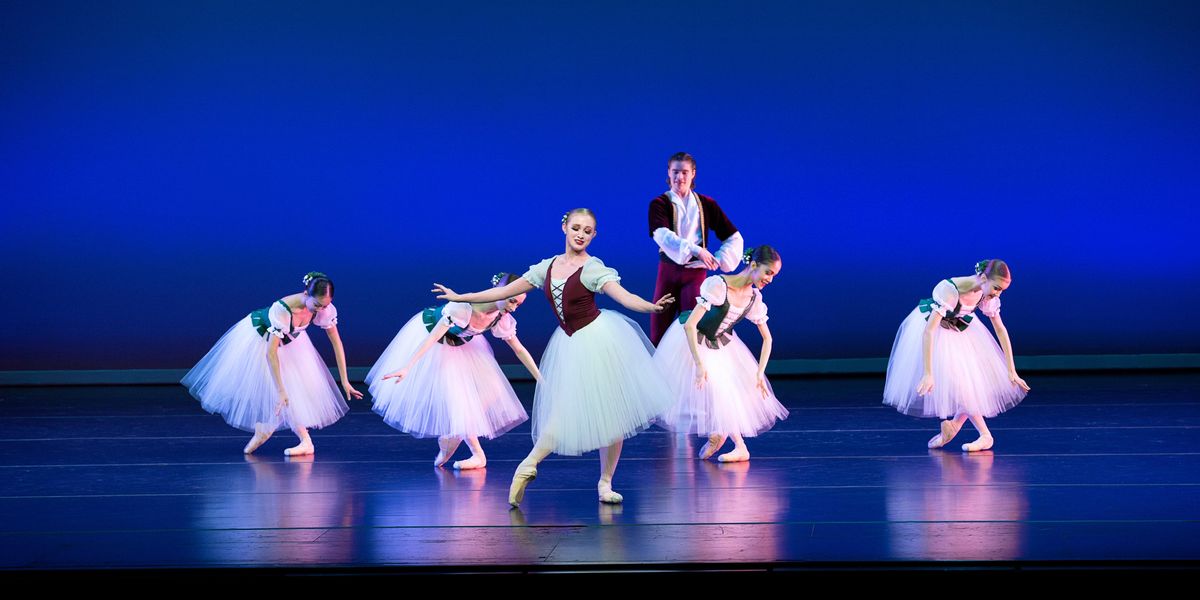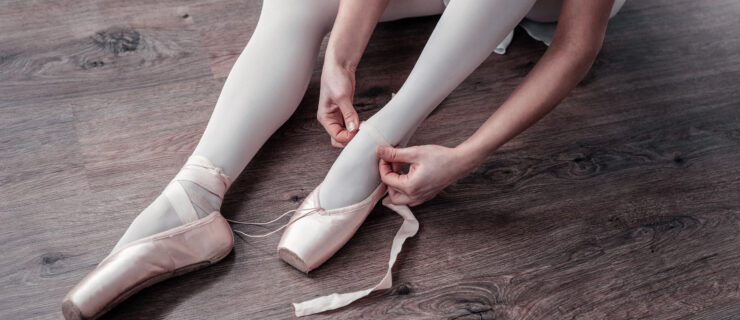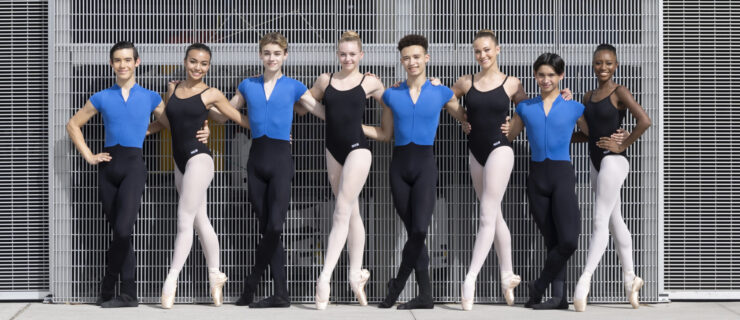A Ballet Student’s Guide to Researching Pre-Professional Training Programs
Many dancers have goals of taking their training to the next level by attending full-time pre-professional programs next fall. But it’s hard to get to know the organizations without physically experiencing them first. Even when the world isn’t practicing social distancing, visiting a school or attending its summer program isn’t always possible. So, what can students and their families do to research programs and know what might work best for them? Who do you reach out to, and what are the questions you and your parents should be asking?
Here, pre-professional-program leaders share some practical advice for taking the next step in your dance training.
What exactly do you want?
Before you start asking questions, think about the answers you’re looking for. “Know what you want out of a program, so that when you do your research, you can be sure you’re getting your boxes checked,” says Georné Aucoin, artistic director of International City School of Ballet in Marietta, Georgia.
Raymond Rodriguez, director of The Joffrey Academy of Dance, Official School of The Joffrey Ballet, urges students to consider whether or not they can or want to relocate, as well as their family’s budget. Think about what style of ballet you are interested in studying, too. “Russian? Balanchine? Generalized American? Only you and your family can determine your needs,” says Rodriguez.
Runqiao Du, ballet artistic director of the Kirov Academy of Washington, DC, agrees, and says he even asks prospective students to list three reasons they want to attend. “Oftentimes they will tell me it’s because they want to dance, or potentially tour with a company,” says Du. “That’s not a good enough reason. A pre-professional program is like going to graduate school. Nobody would go to graduate school without researching if the program is a good fit for them personally. It’s up to dancers to know what they’re looking for.”

What questions should you be asking?
There are so many details associated with choosing a pre-professional program that it can be overwhelming to know what to ask. Here are some starting points.
Day-to-day class structure:
According to Aucoin, it’s important to inquire about how many students will be in each class, the daily and weekly schedule (ask for their current schedule to get a general idea of hours), and how the program balances technique class with rehearsals.
Rodriguez also recommends asking about the curriculum. “How versatile is their training?” Rodriguez asks. “Is it strictly ballet classes, pointe, variations and pas de deux? Or will you get contemporary, modern and jazz, as well?”
A good program should have professional company vigor, says Du. “In a company, class is 90 minutes, followed by five or six hours of rehearsal,” he says. “Your mind and body need to be prepared to do that by the time you join a company, so choose a school that has hours that will train you to be ready.”
Nondance logistics:
Tuition and housing should be among your first questions. “Inquire about the financial cost of the program up front to see if it’s possible for your family,” Aucoin says. If you’re coming from out of town, ask if they provide living arrangements (and how far away these offerings are from the school), or to offer recommendations if they don’t. “At our school, we typically make suggestions [to stay with] families who might be willing to host,” she says.
You also want to research the program’s approach to academics, to see if it matches your personal goals. Some offer academics on campus or are associated with a nearby high school, while others offer options for remote learning. “Is there a culture of taking education seriously, or is it lower down on their priority list?” asks Aucoin. She adds that she’s even had parents ask if her faculty monitors their students’ nondance education (they do not), as well as their stance on having a dance/life balance (they think it’s very important.)

School-to-company statistics:
If your goal is to eventually join the school’s affiliated company, ask about how many dancers typically feed into it each year. “If the answer is only one or two students, you may be better off training elsewhere,” Rodriguez says. “For example, half of Joffrey has come from the intensive and the academy, and it’s only 11 years old at this point.”
If the program isn’t connected to a company, ask about the opportunities alumni have landed since graduating. Does the school regularly place dancers into companies, and do they appear to have strong connections with the ones you’re most interested in?
Faculty backgrounds:
Research the program’s artistic staff, including the director, ballet masters and teachers. Look online for speeches or classes your presumptive teachers have previously given to see if they resonate. “Most directors have a real history,” says Rodriguez. “Is his or her artistic career something intriguing to you? Do you think participating in an environment led by someone with their experience will help you grow?”
Getting your questions answered
In 2021, your best method for gathering information will always be the company’s website. For example, on the Frequently Asked Questions page of Joffrey Academy’s website, you will find a downloadable Parent and Student Handbook that covers many of the questions mentioned above.
You can also discover the school’s stylistic and technical tendencies on their Instagram and YouTube pages. Plus, during a time when in-person tours are rare, exploring a school’s feed can give you a sense of their facilities. You may also want to use social media to seek out former students to get deeper insight. “Ask them what the pros and cons of their experience was,” Du says.

If you still have questions, Aucoin recommends emailing the school or requesting a phone conversation. “Sometimes, if there are a lot of inquiries, it’s just easier to talk on the phone.”
Of course, the best way to get to know a school is to visit in person, especially once travel restrictions are lifted and it’s safer to take class with groups. Summer intensives are an ideal way to do that, but you could also try to schedule a visit during the school year. “In all honesty, it’s the easiest way for students to get to know the program, and for us to get to know them, as well,” says Aucoin.





